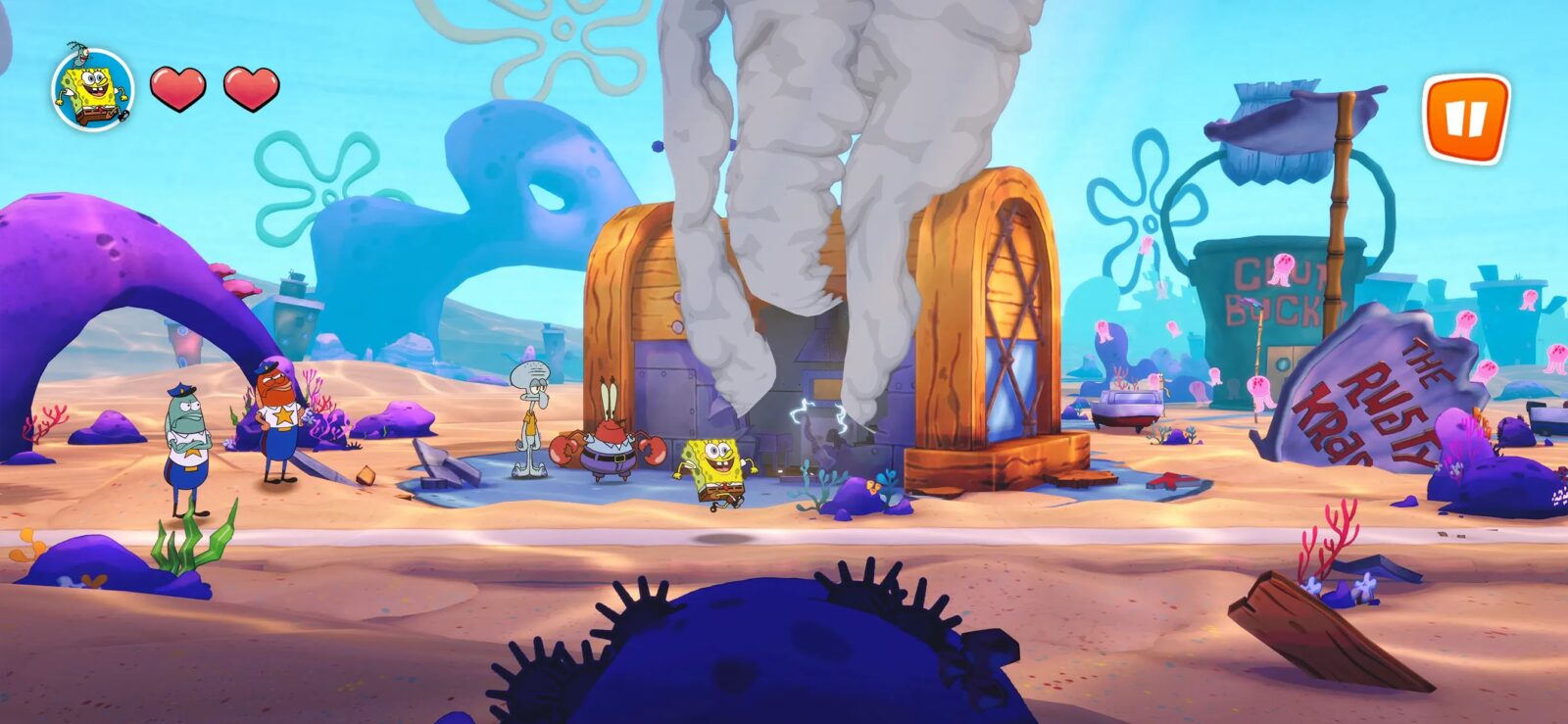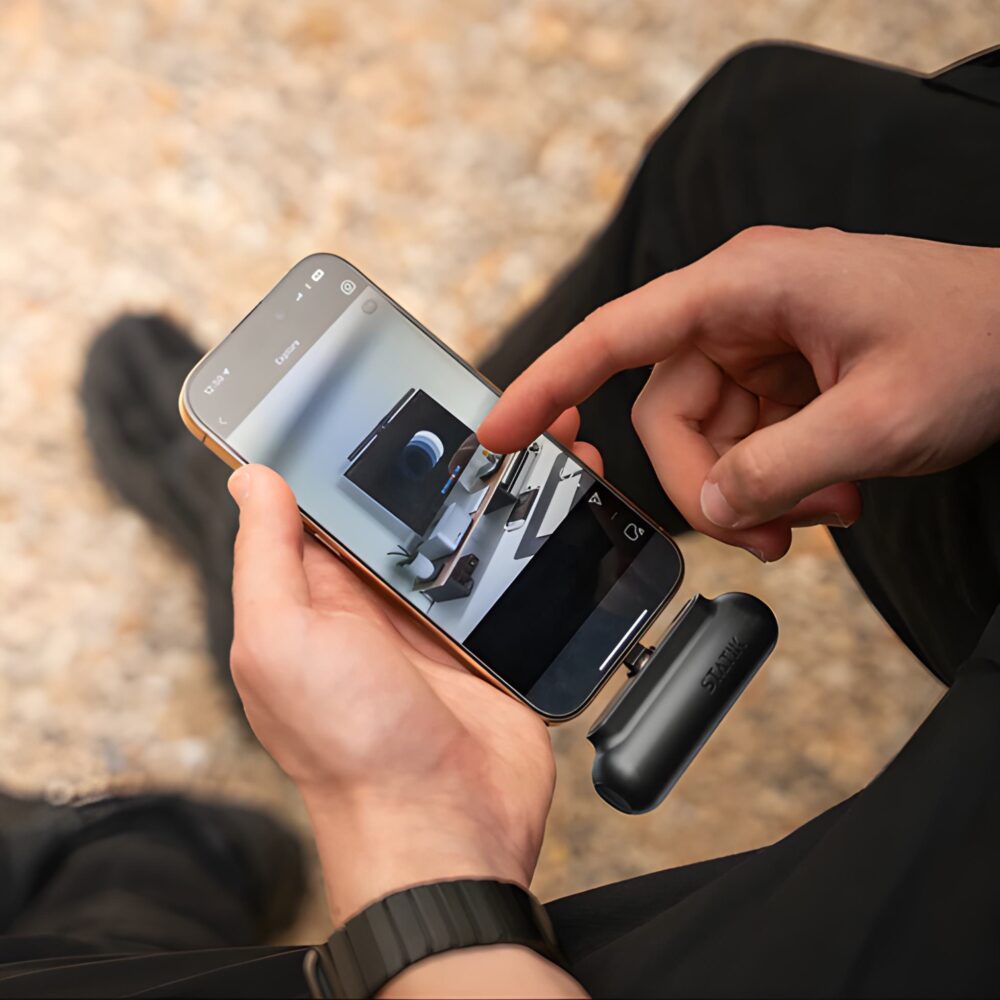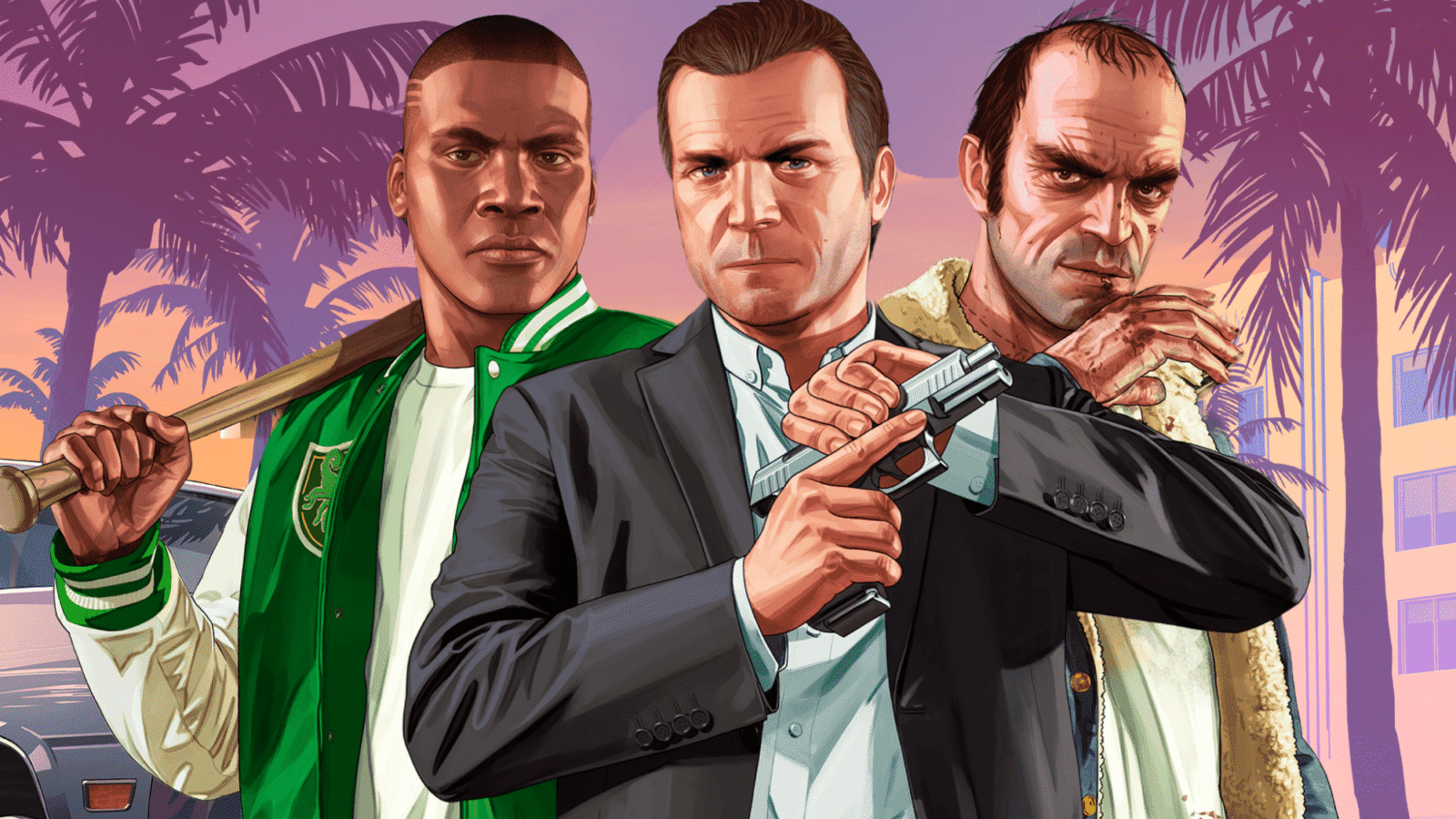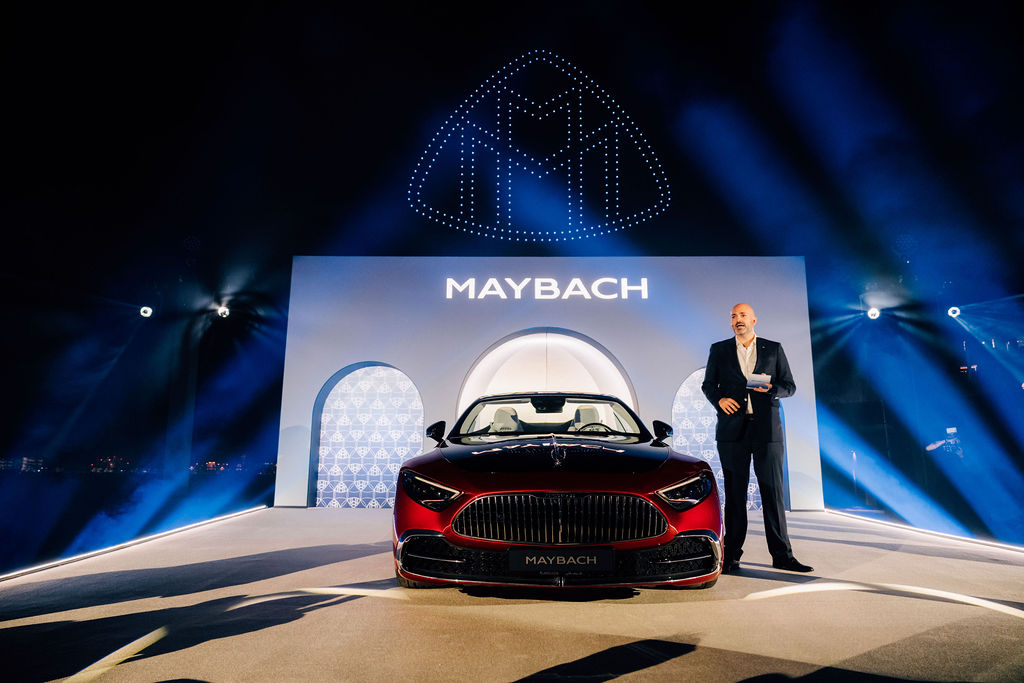Two decades after The Devil Wears Prada became a defining workplace satire, the story is heading back to theaters. A new teaser for The Devil Wears Prada 2 offers the first look at Meryl Streep and Anne Hathaway returning to their roles as Miranda Priestly and Andy Sachs, this time navigating a fashion landscape shaped by shrinking print circulation, intense digital competition, and an industry still negotiating its place in a crowded culture of online influencers. The sequel is slated to arrive on May 1.
The original film, adapted from Lauren Weisberger’s novel, chronicled Andy’s uneasy initiation into the world of high-gloss magazine production and her complicated dynamic with Miranda, the influential editor of Runway. The sequel revisits that relationship with a story centered on the pressures facing legacy fashion publications. Rather than repeating the early-2000s workplace arc, the new chapter positions Miranda and Andy on opposing sides of a media transition marked by declining ad revenue and shifting reader expectations. Emily Blunt returns as Emily Charlton, now a direct business rival whose competing publication challenges Runway for relevance. This conflict provides the backdrop for the film’s broader look at how the industry has reshaped itself since the original story’s mid-aughts setting.
The cast lineup maintains several key connections to the first film. Stanley Tucci is back as Nigel, whose dry humor and realism grounded the earlier story’s more dramatic moments. Director David Frankel also returns, suggesting the sequel will retain the tone and pacing that helped establish the original’s enduring appeal. While the teaser avoids giving away plot details, it centers on the tension between professional loyalty and personal reinvention—a theme that resonates as both characters confront an era defined by rapid shifts in media and fashion.
The film’s return comes at a time when Hollywood continues to rely on established properties, but the built-in familiarity may work here, given how the industry itself has changed in ways that organically support a follow-up. By revisiting Andy and Miranda in a world where fashion magazines fight to stay culturally relevant, the sequel has the opportunity to explore new dynamics without relying solely on nostalgia. Viewers who connected with the original’s mix of satire and character-driven drama will likely be watching to see how these figures adapt to the realities of modern publishing when the movie reaches theaters this spring.







